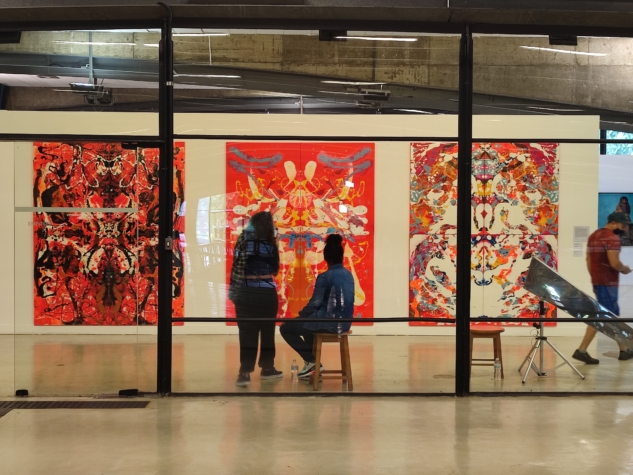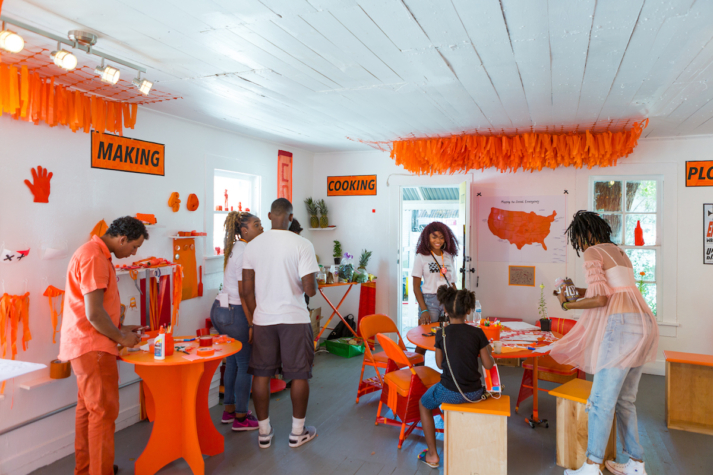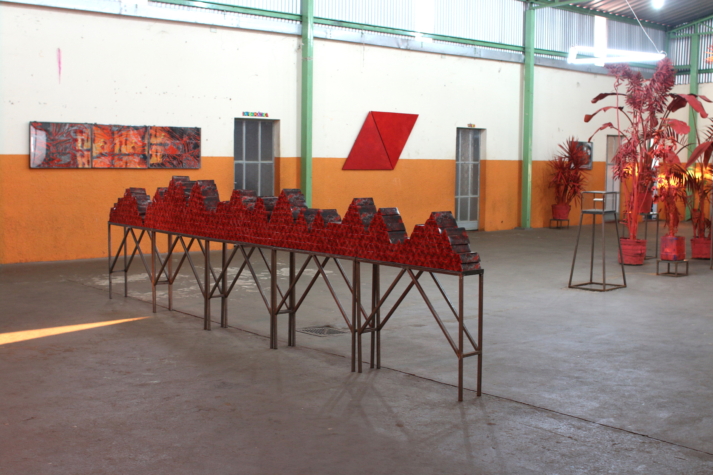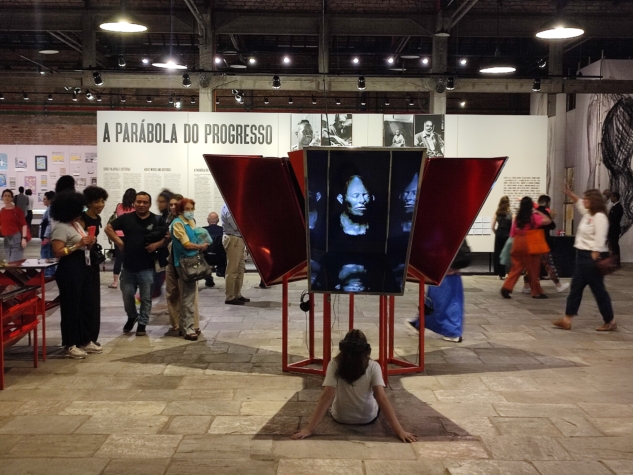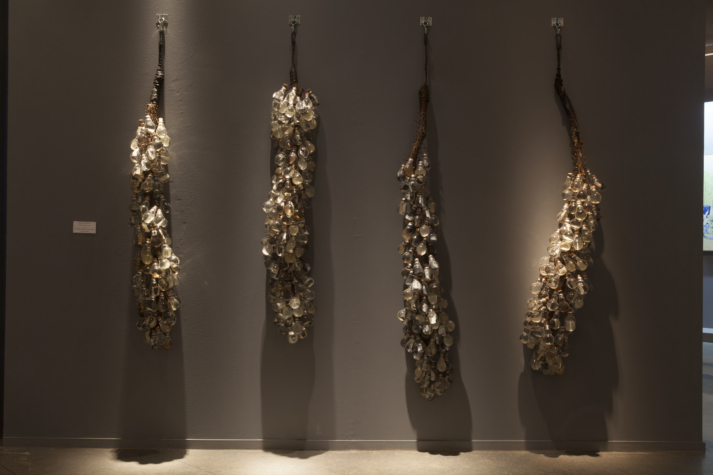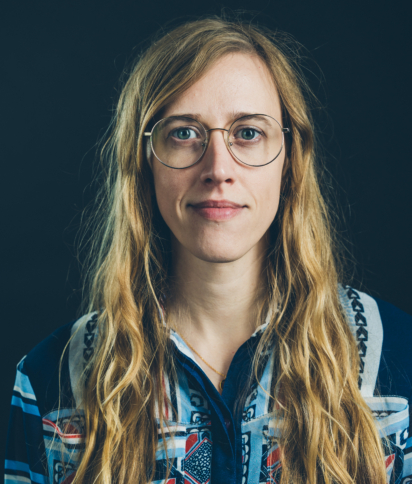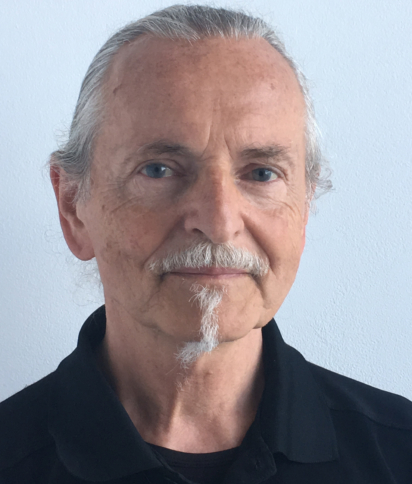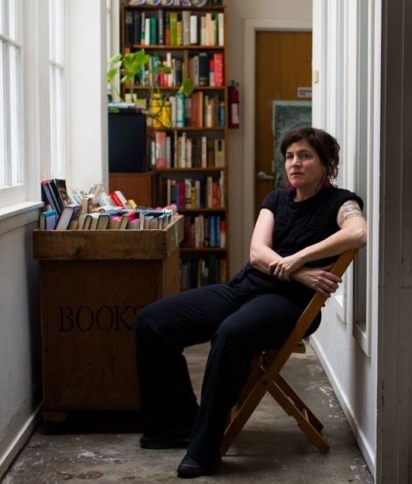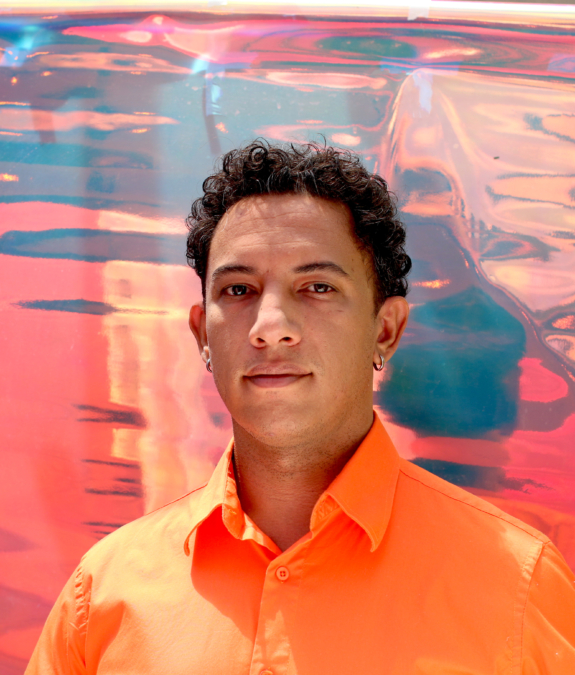
Studio Practice at the End of Who’s World
With Tiago Gualberto
An ongoing global crisis, The Apocalypse - The End of the World as we know it - looms as a very real threat. The question we ask is: how does one make art and a life in these times? Furthermore, who's world will end and how will art be made? We turn for guidance from artistic communities where apocalypse has been part of their culture for some time such as black and indigenous artists.
This class will focus on lesser known Black and Indigenous contemporary artists and ways of art making from Brazil. We will look at current and historical art procedures developed by Black and Indigenous Brazilian artists. We will explore what the motivations were for crafting these procedures as a way of forming art practices, as well as how the artwork that came out of them reflected the political and cultural contexts the artists found themselves within. Artists will also explore the procedures from their own stances, by making their own work based upon the procedures and approaches we cover in the course.
Office hours: TBA
***ALL Classes include FREE & Continuous Membership Access to our virtual campus Programming called Student Life
** Payment Plans Available
March 14th - April 25th
Tuesdays
6:30 - 9 pm EST
20
Students Max
$1,250
USD
Born in 1983, Tiago Gualberto is an Afro-Brazilian visual artist. He is also a researcher at the Museu Afro Brasil in São Paulo, where he lives. He graduated from the School of Fine Arts of the Federal University of Minas Gerais (UFMG) and studied Textile and Fashion Technology at the School of Arts and Humanities at the University of São Paulo (EACH-USP). Gualberto has participated in several group shows both in Brazil and abroad, such as: “A Nova Mão Afro-brasileira” (São Paulo, 2012); “Osso: exposição apelo ao amplo direito de defesa de Rafael Braga” (São Pa ulo, 2017); “Encuentro entre dos mares”, Valencia Biennial (Spain, 2007); “AfroBrasil: Art and Identities” (USA, 2015). Some of his solo shows include: “Negra é a Cor do meu Coração: Instalações e objetos” (São Paulo, 2010); “A Clothesline to the Past: Rhode Island Takes on Brazil” (USA, 2016); “Passagens sob(re) a Terra: Lembranças, memória e territorialidade” (Minas Gerais, Brazil, 2016). There are certain recurring themes in his work, such as the relationship between memory and history, the social uses of language, and narrative erasure.
More Classes
Live online classes with the world’s best artists and curators
Carving Connections
An independent study workshop with Amber Imrie
In Carving Connections, we will be following the threads through our practice, into our community and out into the world. Everything is connected, but to see through the chaos we must move with clarity, intention and passion. Over six months we will engage in exercises to further illuminate your authenticity through your art. We will focus on strengthening your daily art practice routines to build resiliency, confidence, and self-assurance.
Monuments
With Krzysztof Wodiczko
In “On the Use and Abuse of History for Life,” Friedrich Nietzche asked, “What is the use to the modern man of this ‘monumental’ contemplation of the past, this preoccupation with the rare and classic?” That was 1874. Today, monuments to racism, white supremacy, colonialism, war, patriarchy, and oppressions across the world are toppled, disgraced, vandalized, and defaced. The course will provide space for an informed and open discussion and for development and sharing of the artistic concepts, and proposals for monuments.
Professional Practice for Artists
with Lexa Walsh
In this 7 week class, we will move intently toward building our professional practices as artists. We will cover the many ways to be in the Art World(s), and how to get there: Goal Setting, Grants, Budgets, Pricing, Residencies, Open Calls, Artist and Project Statements, Elevator Pitches, CVs, Documentation, Websites, Networking and Promotion, and the importance of Community. We will share tips and strategies to help define and finesse each of these, by identifying our audiences, contexts, processes, research and challenges.
